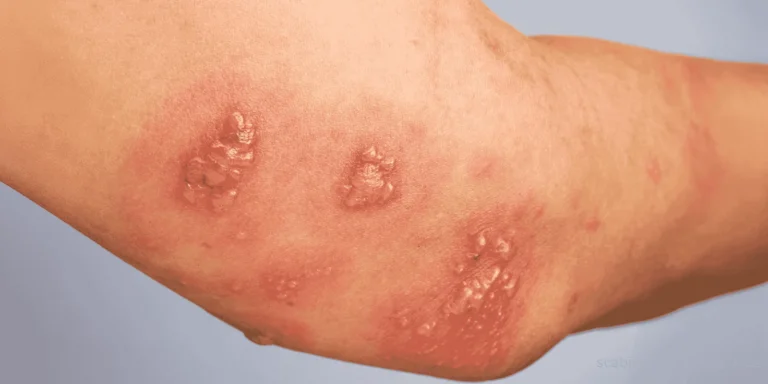Pink eye, medically known as conjunctivitis, is an inflammation of the conjunctiva—the thin, clear tissue covering the white part of your eye and lining the inside of your eyelids. Despite its simple appearance, pink eye can have several different causes requiring different treatments.
The hallmark symptom is a pink or red appearance in the white of the eye, hence the common name “pink eye.” This redness occurs because inflamed blood vessels in the conjunctiva become more visible.
Types of conjunctivitis include:
Viral conjunctivitis is the most common form, often accompanied by cold symptoms. It typically starts in one eye and may spread to the other. Symptoms include watery discharge, mild itching, and light sensitivity. This type is highly contagious but usually resolves on its own in 7-10 days.
Bacterial conjunctivitis produces thick, yellow or greenish discharge that may cause the eyelids to stick together, especially upon waking up. It can affect one or both eyes and is also highly contagious. Unlike viral pink eye, bacterial conjunctivitis responds to antibiotic treatment.
Allergic conjunctivitis results from exposure to allergens like pollen, dust mites, or pet dander. It typically affects both eyes simultaneously and includes intense itching—the distinguishing feature from infectious types. Discharge is usually clear and watery.
Irritant conjunctivitis occurs from exposure to chemicals, smoke, or other irritants. It’s not contagious and typically resolves when the irritant is removed.
Common symptoms across all types include:
- Red or pink eyes
- Itching or burning sensation
- Tearing or discharge
- Feeling like something’s in your eye
- Light sensitivity
When pink eye is contagious (viral and bacterial types), it spreads easily through direct contact, contaminated surfaces, or sharing personal items like towels or makeup.
If you’re experiencing pink eye symptoms, ChatRx can help determine the likely cause and recommend appropriate treatment, whether that’s supportive care or antibiotic drops.













